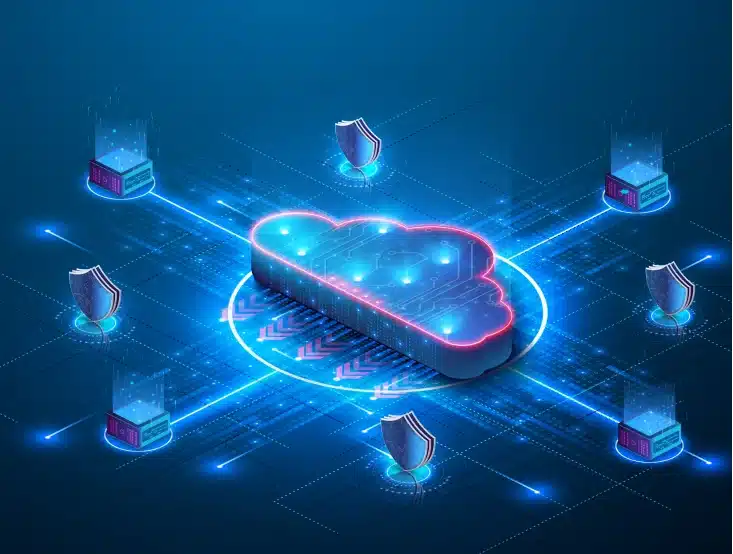S
- Sandbox Environments
- Secure Coding Practices
- Security Automation
- Security Awareness Training
- Security Champions
- Security Information and Event Management (SIEM)
- Security Orchestration
- Security Posture
- Shift-Left Security
- Smart City
- Smart Home
- Smart Manufacturing
- Smart Meters
- Smart Products
- Smart Spaces
- Software as a Service (SaaS)
- Software Composition Analysis (SCA)
- Software Defined Networking (SDN)
- Software Development Life Cycle (SDLC)
- Static Application Security Testing (SAST)
- Structured Data
Software Defined Networking (SDN)
Simple Definition for Beginners:
Software Defined Networking (SDN) is a technology that allows for centralized management and control of network infrastructure using software-based controllers.
Common Use Example:
In SDN, network administrators can use a central controller to dynamically configure and manage network resources, such as switches and routers, based on application needs.
Technical Definition for Professionals:
Software Defined Networking (SDN) is an architecture that separates the control plane from the data plane in networking devices. Key components of SDN include:
- Controller: A central software-based controller that manages and configures network devices.
- Separation of Control and Data: The control plane, responsible for network management decisions, is decoupled from the data plane, which handles data forwarding.
- Programmability: SDN enables programmable network configurations and policies, allowing for automation and agility.
- Open APIs: SDN provides open APIs that allow third-party applications and services to interact with the network infrastructure.
- Virtualization: SDN can virtualize network resources, making it easier to scale and manage large networks.


